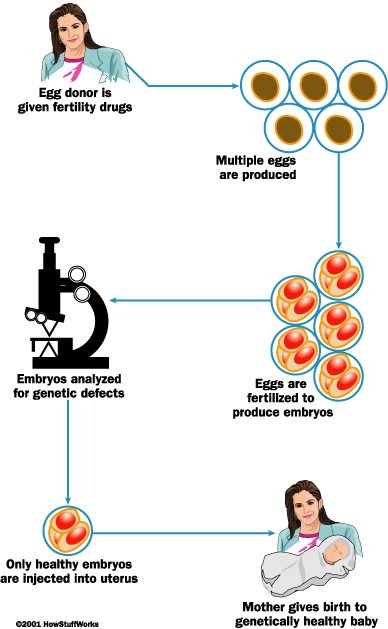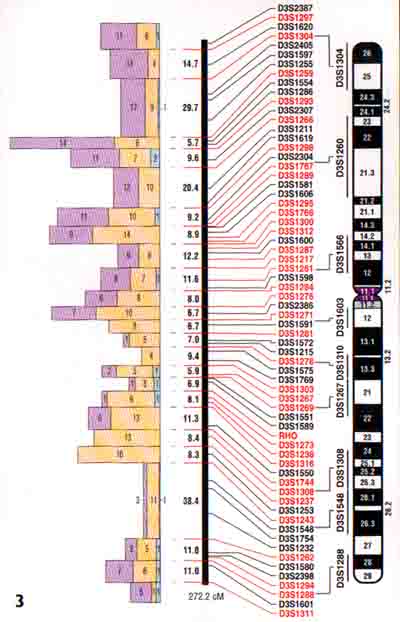|
... and it's being used on humans
It's called pre-implantation genetic diagnosis.
Pre-implantation genetic diagnosis (PGD) is the technological basis for a d-1 human (circa 2030). The technology is already in place and being used on humans for select purposes.
What it is: PGD involves an embryo "biopsy" and genetic analysis of a single cell. Embryos destined to be affected with an unwanted condition are discarded or frozen while embryos free of the trait are selected for transfer to a woman's uterus.
How much is it used: "In 2000, geneticist Ricki Lewis estimated that PGD was offered in more than 50 centers around the world for more than 100 genetic conditions"
Benefits: "The obvious advantage of PGD for some at-risk couples is the ability to start a pregnancy without the prospect of a termination decision four to five months down the road.

Key diseases screened: "Diseases that can be screened for today include cystic fibrosis, Tay-Sachs disease, Huntington's disease, and a host of other devastating ailments"
Current ethical standards: "Using PGD to screen against these diseases is relatively uncontroversial in the United States, because there is no regulation of fertility treatment. In the UK, the situation is somewhat different. A government body, the Human Fertilization and Embryology Authority (HFEA), was established in 1991 and monitors all labs providing fertility treatments and PGD. It also licenses and monitors all embryo research.
"In the UK, it is legal to screen in vitro fertilized (IVF) embryos for the presence of a disease gene and to implant only embryos that are healthy."
Sources:
American Medical Association
Joseph McPhee in the Science Creative Quarterly, 2003
|





